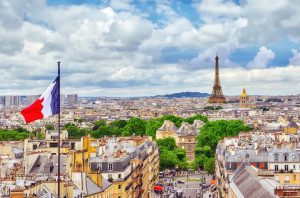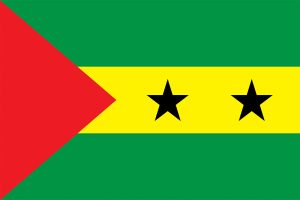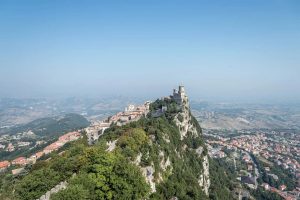
34 interesting facts about Moldova
- 👁️ 2679
Moldova, a charming yet often overlooked country nestled between Romania and Ukraine, offers a rich tapestry of history and culture. Known primarily for its scenic landscapes and deep winemaking heritage, this small nation boasts a unique blend of Romanian and Soviet influences, reflected in its languages, traditions, and architecture. Despite its size, Moldova has a vibrant heart, with a bustling capital in Chișinău and a population noted for its hospitality. As Europe’s least visited country, it hides numerous untold stories and facts that are intriguing and illuminating.
- Moldova declared independence from the Soviet Union on August 27, 1991.
- The official language is Romanian, also known as Moldovan in certain political contexts.
- It is one of the poorest countries in Europe with its economy heavily dependent on agriculture.
- Moldova is renowned for its wine production, which is a significant part of its economy.
- The country has one of the highest numbers of vineyards per square mile in the world.
- Chișinău, the capital city, is the largest city in Moldova.
- The wine cellar Mileștii Mici holds the world record for the largest wine collection in the world.
- Moldova is a landlocked country with no direct access to the sea.
- Gagauzia, an autonomous region in southern Moldova, is home to the Gagauz, a Christian Turkic-speaking people.
- The country’s flag features a tricolor of blue, yellow, and red, similar to Romania’s.
- The Struve Geodetic Arc, a chain of survey triangulations stretching from Norway to the Black Sea, has points located in Moldova.
- Moldova’s population is approximately 2.6 million, having declined due to emigration.
- Orthodox Christianity is the predominant religion.
- The Transnistrian region in eastern Moldova is a breakaway state that is not recognized by the international community.
- Moldovan cuisine is influenced by Romanian, Russian, and Turkish cuisines.
- The country participated in the Eurovision Song Contest for the first time in 2005.
- Moldova is a parliamentary republic.
- The country’s educational system includes compulsory schooling until the ninth grade.
- Moldova ranks high in global wine exports, particularly to Russia and Eastern Europe.
- The Răut River is the longest river that flows entirely within Moldova’s borders.
- Stefan cel Mare, a national hero, ruled Moldova in the 15th century and resisted Ottoman invasion.
- The Orheiul Vechi archaeological complex showcases remnants of different civilizations including Dacians, Mongols, and Orthodox monks.
- The “Eternal Flame” in Chișinău commemorates the victims of World War II.
- Moldova experiences a temperate continental climate.
- The tallest building in Moldova is the Sky Tower in Chișinău.
- Traditional Moldovan folk music incorporates the use of flutes, bagpipes, and drums.
- Soroca, known for its well-preserved medieval fortress, plays a significant role in Moldova’s history.
- The Lipcani-Rădăuți Bridge is one of the primary transportation routes connecting Moldova and Romania.
- The country became a member of the United Nations in March 1992.
- Moldova introduced the “wine visa” program to attract tourists to its vineyards.
- The country’s most famous dessert is Plăcintă, a traditional pastry.
- Despite its small size, Moldova has three national languages: Romanian, Ukrainian, and Russian.
- The Dniester River is crucial for Moldova’s agriculture, providing necessary water resources.
- Annual festivals in Moldova often celebrate wine and local traditions, drawing visitors from across Europe.
In conclusion, Moldova’s blend of scenic beauty, rich history, and cultural diversity makes it a unique gem in Eastern Europe. Though small and often under the radar, its deep-rooted winemaking tradition and the warm hospitality of its people offer an enriching experience for those who visit. This article has shed light on the lesser-known aspects of a country that stands as a testament to resilience and cultural richness.











